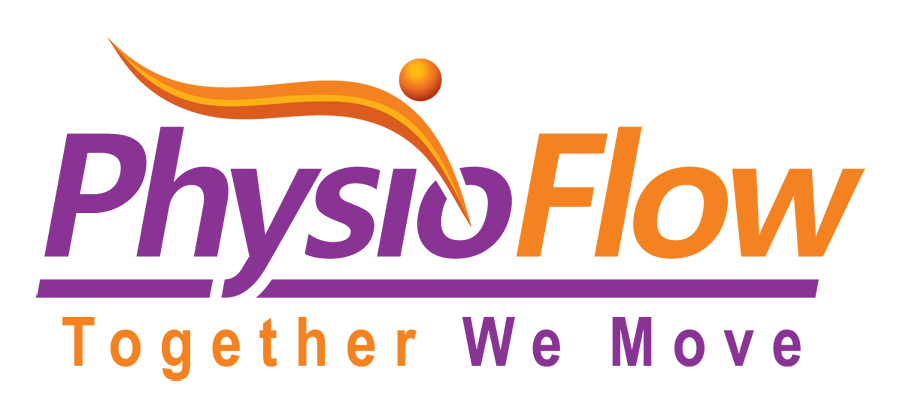Elbow Pain Treatment Thornhill: End the Struggle with Elbow Pain
Elbow pain can significantly hinder your daily activities, whether you're engaging in sports, performing your job, or simply carrying out household chores. At PhysioFlow, we specialize in treating a variety of elbow conditions, offering personalized care plans in Thornhill to address your specific needs.
Elbow pain is often caused by overuse. Many sports, hobbies and jobs require repetitive hand, wrist or arm movements. Elbow pain may occasionally be due to arthritis, but in general, your elbow joint is much less prone to wear-and-tear damage than are many other joints.
common sources OF Elbow pain
Understanding the common sources of elbow pain is the first step toward recovery. Let's delve into the finer details of these conditions to help you better understand them.
Leave Elbow Pain Behind
At PhysioFlow in Thornhill, we're dedicated to offering comprehensive care for elbow conditions, tailored to your individual needs and lifestyle. Our team employs the latest techniques and treatments to ensure you can return to your daily activities without pain.
Ready to tackle your elbow pain? Contact us today to schedule your consultation. Let us help you achieve a pain-free, active lifestyle once again.
Common Conditions, Exceptional Treatments
- Spine Pain
- Shoulder and Neck Pain
- Elbow Pain
- Wrist and Hand Pain
- Back and Hip Pain
- Knee Pain
- Ankle and Foot Pain
- Sports Injuries
Elbow Pain Treatment Thornhill FAQs
-
Yes, specific exercises can help relieve elbow pain and prevent future injuries, depending on the underlying cause of the pain. Stretching exercises can improve flexibility and reduce tension in the muscles and tendons around the elbow. Strengthening exercises for the forearm, wrist, and shoulder can help support the elbow joint and distribute the forces more evenly during activities. It's crucial to perform these exercises under the guidance of a healthcare professional, such as a physiotherapist, to ensure they're done correctly and safely.
-
While not all forms of elbow pain can be prevented, many cases related to overuse or strain can be mitigated with proper precautions. These include using ergonomic tools and techniques at work and during sports, strengthening and stretching exercises to maintain flexibility and muscle balance, and using appropriate protective gear during activities. Additionally, taking regular breaks to rest the elbow and avoiding repetitive motions can significantly reduce the risk of overuse injuries. Listening to your body and seeking early treatment for any signs of discomfort can also prevent more serious conditions from developing.
-
The duration of elbow pain largely depends on its cause and the effectiveness of the treatment plan. For acute injuries or mild overuse conditions, pain may resolve within a few weeks with proper rest and treatment. Chronic conditions, such as osteoarthritis or tendinitis, may require ongoing management strategies, and symptoms can fluctuate over time. Adhering to a comprehensive treatment plan can significantly improve outcomes. It's important to have realistic expectations and follow your healthcare provider's advice closely for the best results.
-
Elbow braces or supports can be beneficial for certain conditions by providing stability, reducing strain on the elbow, and alleviating pain. For conditions like tennis elbow or golfer's elbow, a brace can reduce tension on the tendons. For cubital tunnel syndrome, a brace might be used to keep the elbow in a straight position, especially at night, to relieve nerve compression. It's important to use braces or supports under the guidance of a healthcare professional to ensure they're appropriate for your condition and fitted correctly.
-
Yes, chronic elbow pain, particularly in conditions like tennis elbow (lateral epicondylitis) and golfer's elbow (medial epicondylitis), can be effectively treated with shockwave therapy. Shockwave therapy is a non-invasive treatment that uses acoustic waves to promote healing and reduce pain. It works by stimulating the body's natural healing process, increasing blood circulation to the affected area, and breaking down scar tissue. This therapy is commonly recommended for chronic cases where the pain persists despite other treatments. It's important to consult with a healthcare professional, such as a physiotherapist, to determine if shockwave therapy is suitable for your specific condition.








